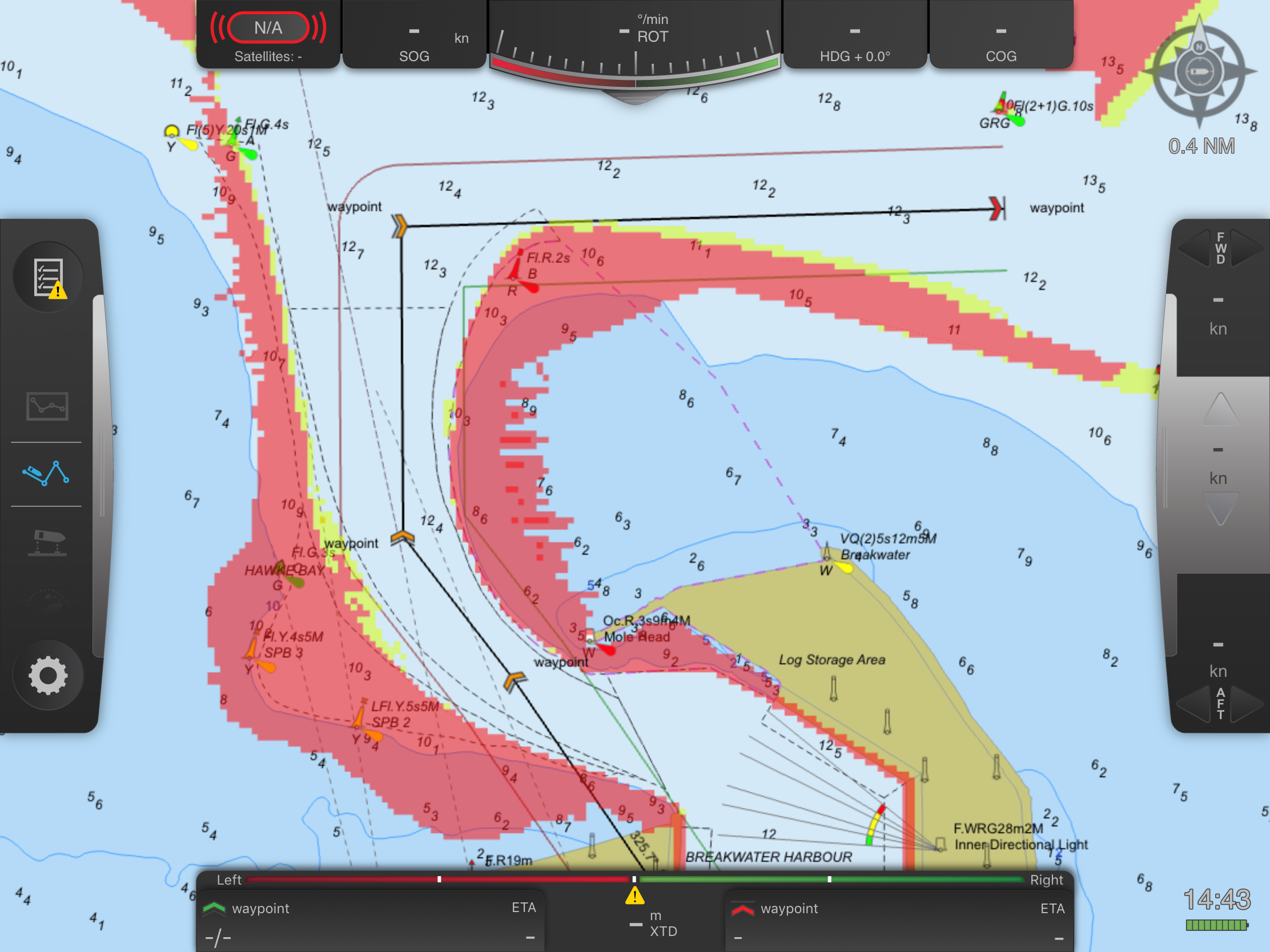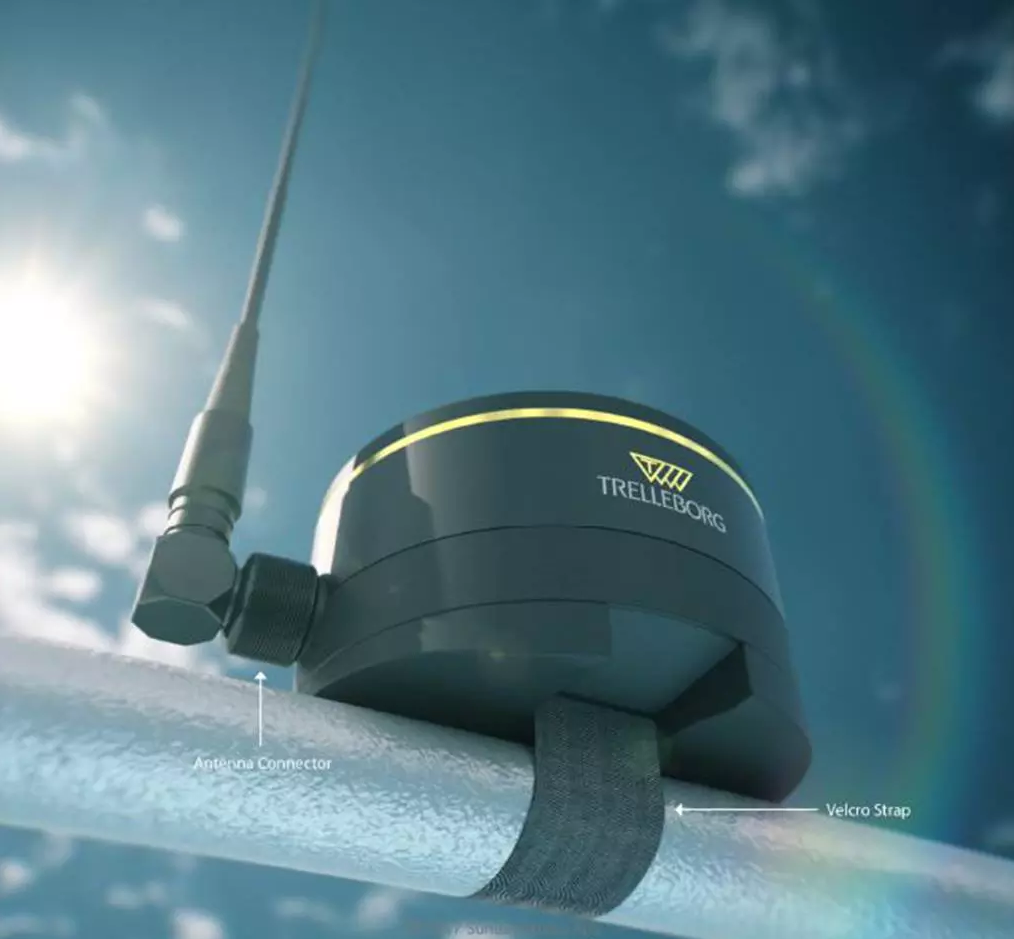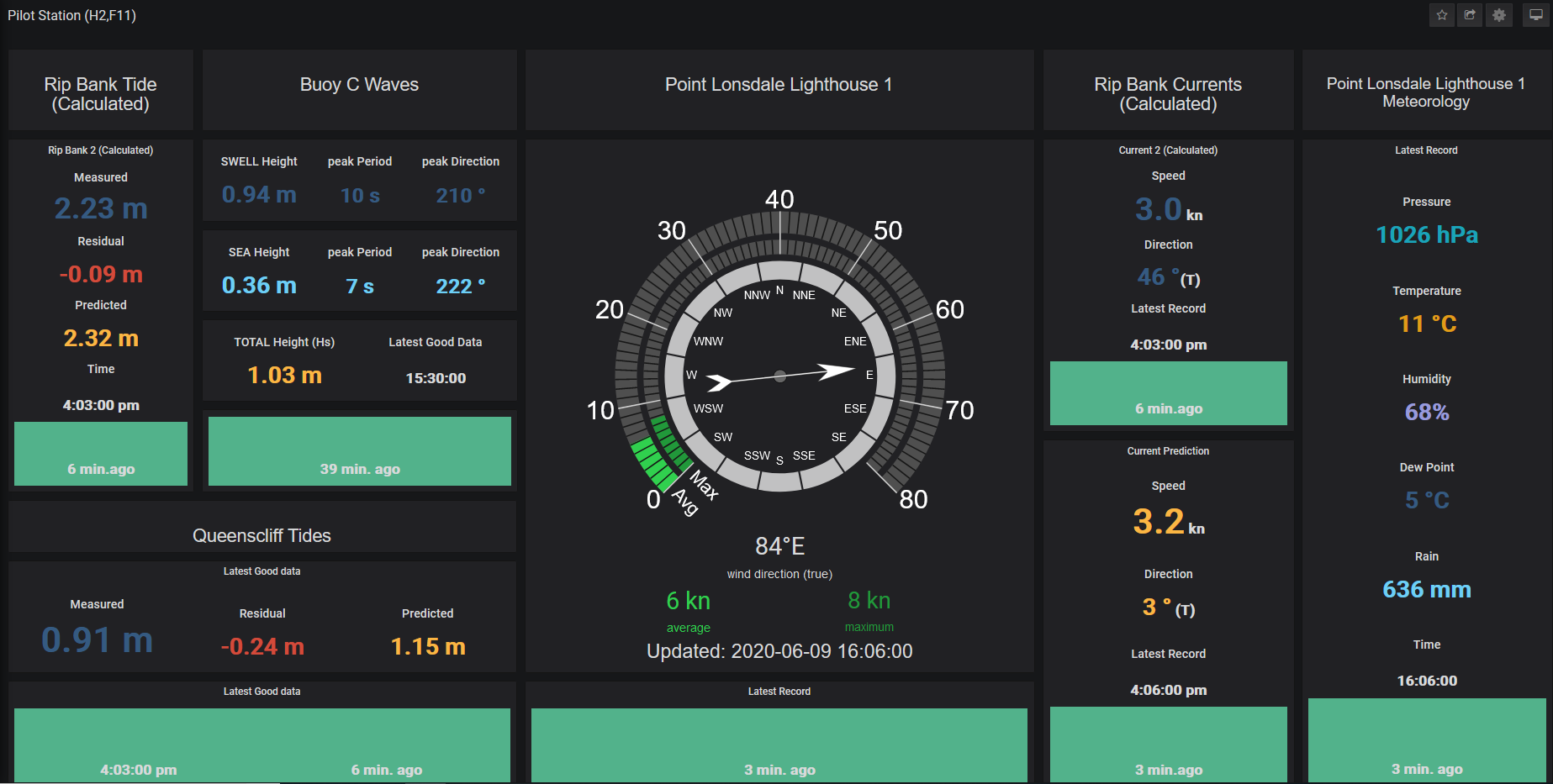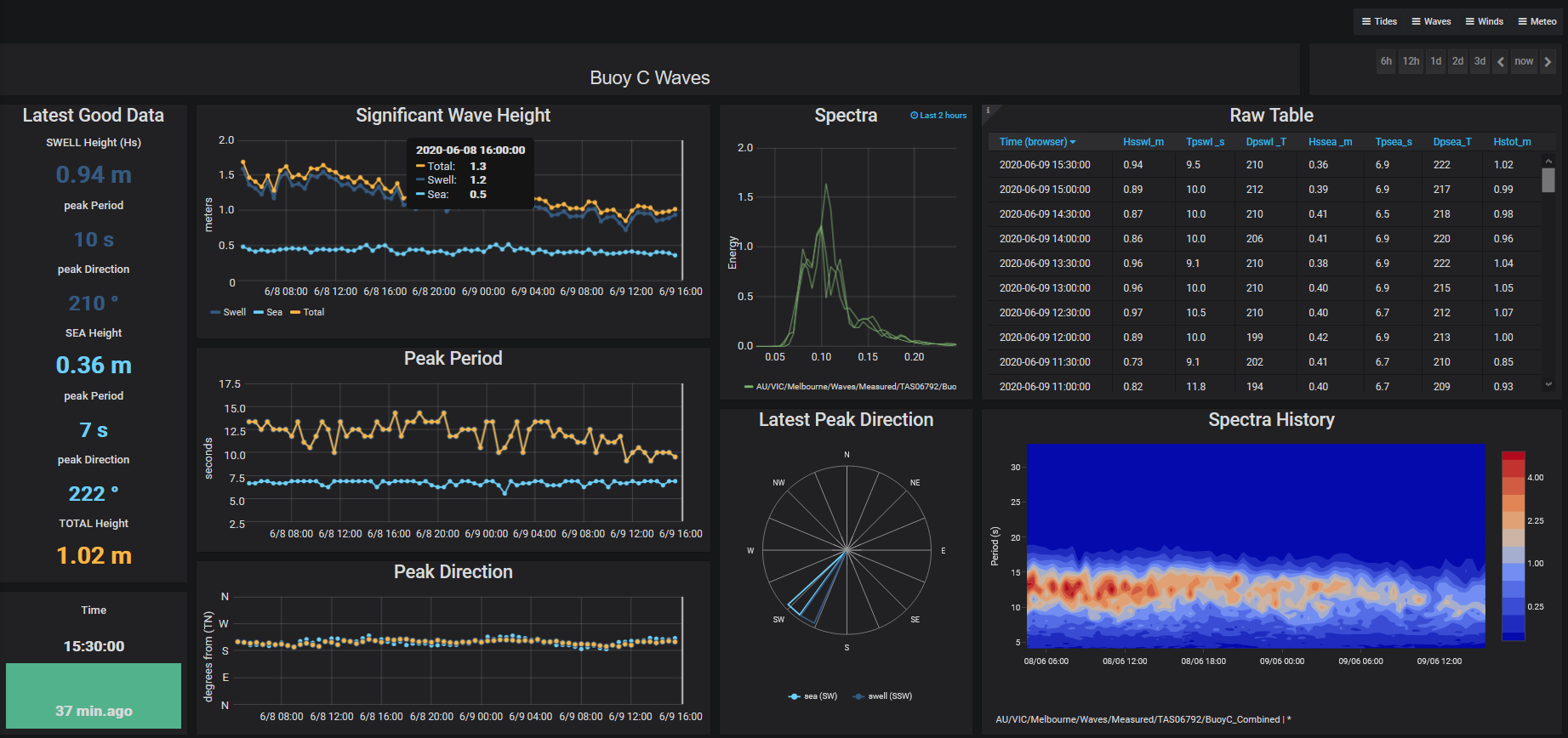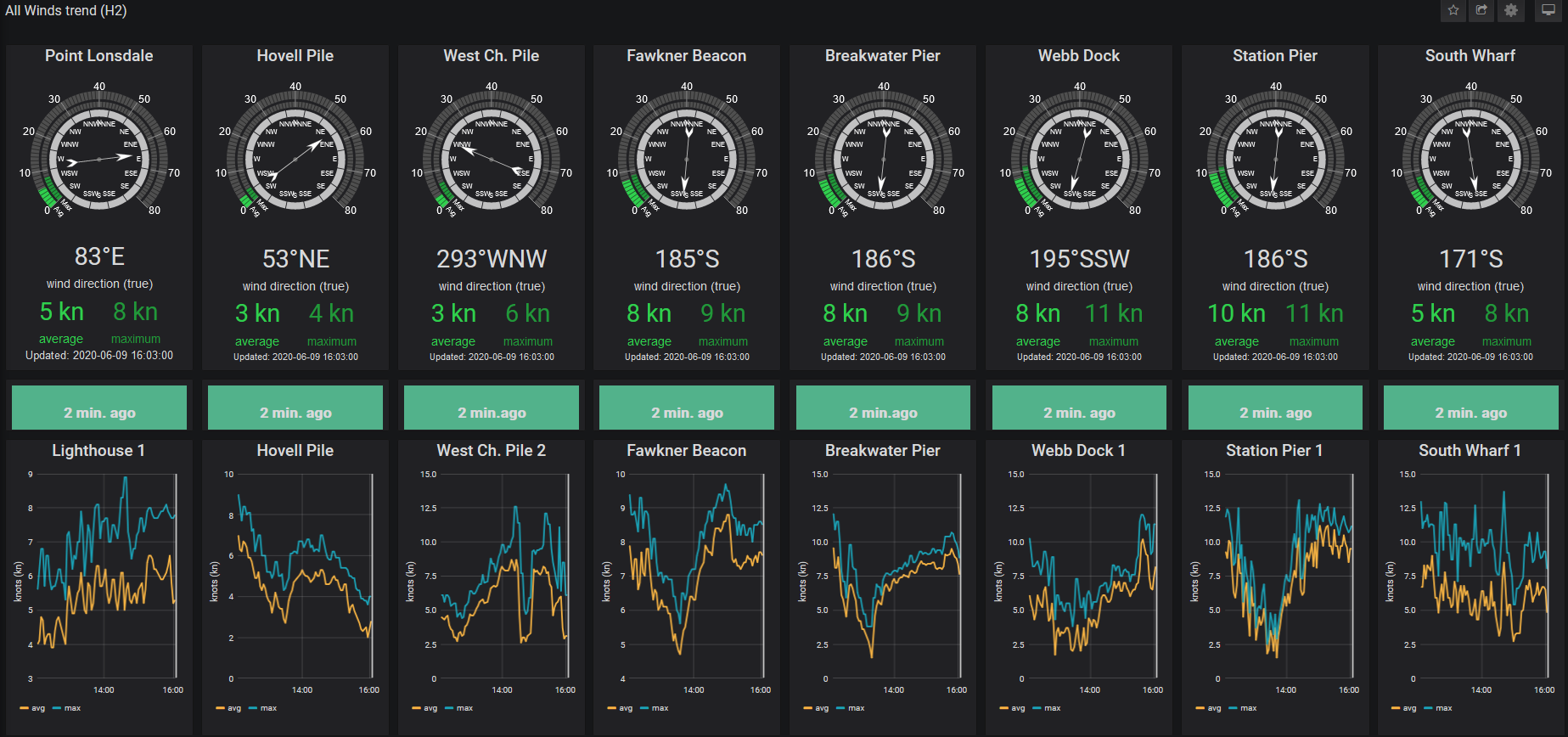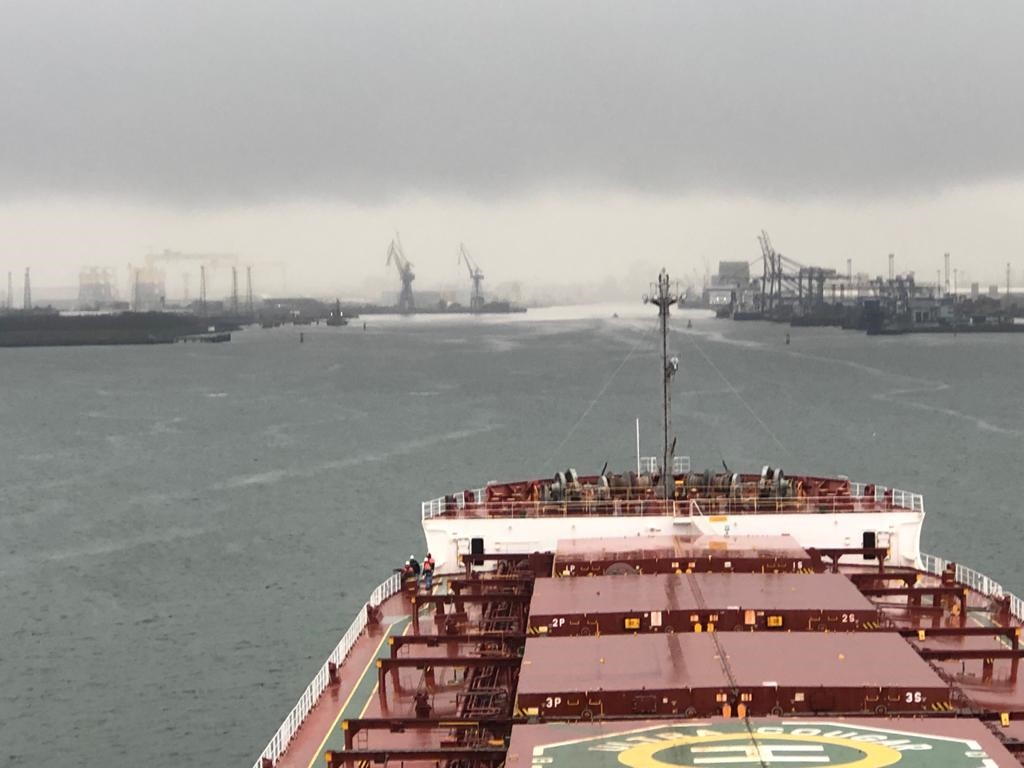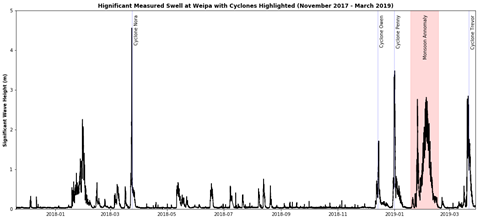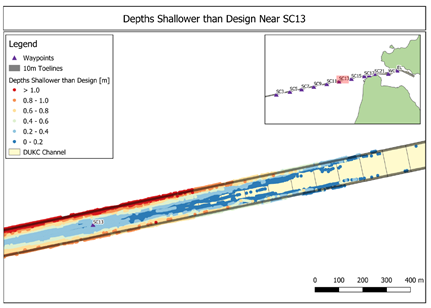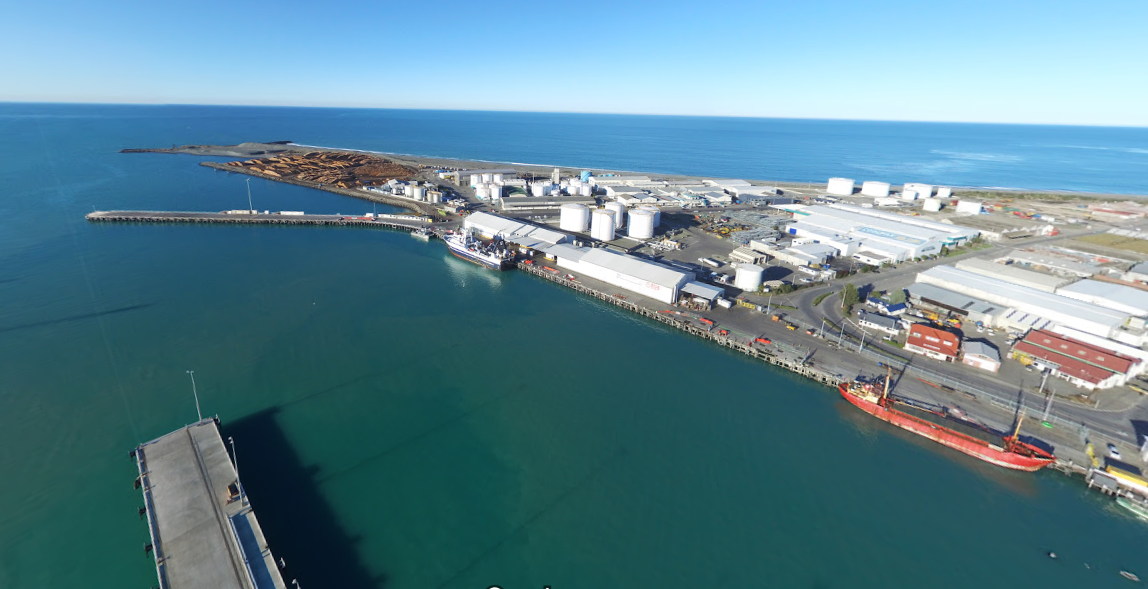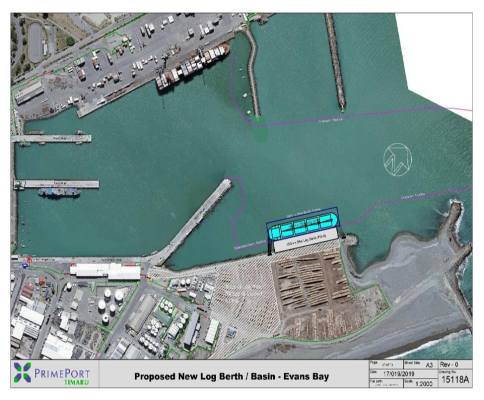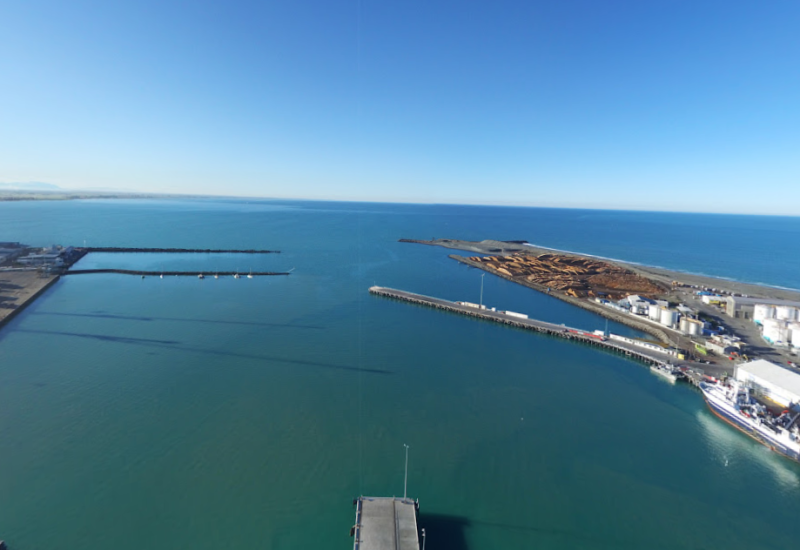A recent collaboration with Trelleborg means that is now possible to view dynamic under keel clearance information in real time within Trelleborg SafePilot. The overlay highlights areas that are unsafe for a ship to navigate through. The overlay differs from traditional go/no-go displays with Electronic Chart Systems (ECSs) because it not only conveys whether it is safe to transit a particular area now, but it also predicts, before the transit, whether it will be safe when a ship reaches a particular area.
The overlay complements Trelleborg’s CAT MAX PPU solution, which includes a built-in 3-axis (6-DOF) motion sensor that can be used for real-time UKC. This sensor offers precise and independent rate of turn, roll, and pitch, allowing for accurate predictions when doing turns and navigating in confined waters.
